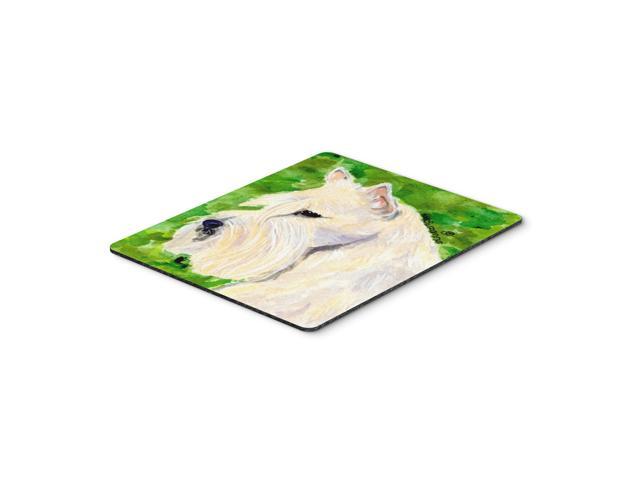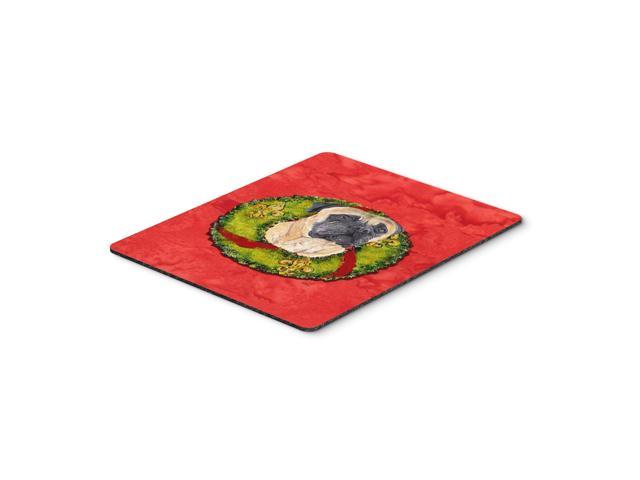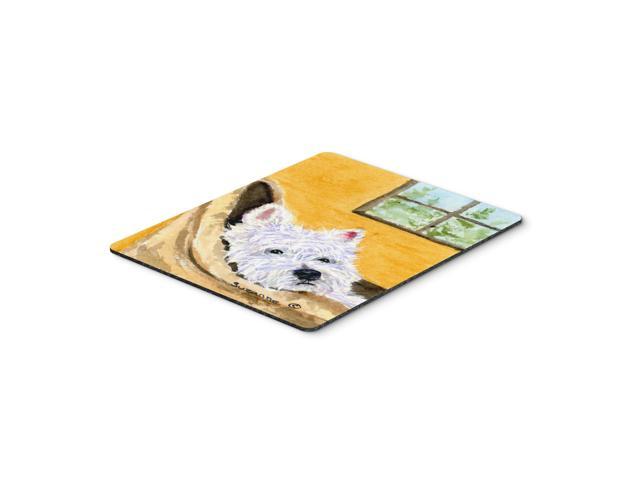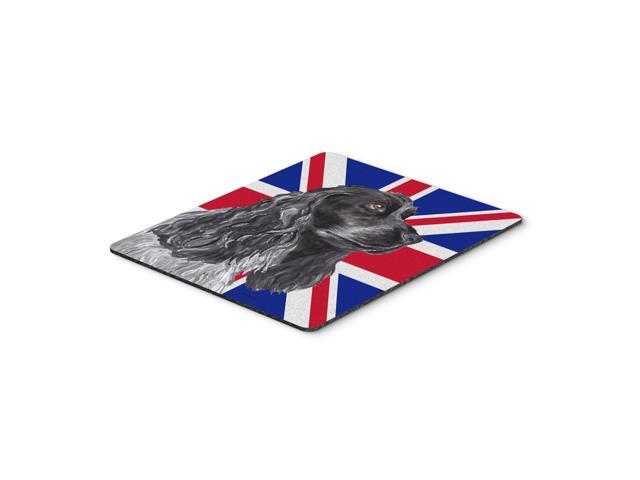Excerpt from The New Natural History
Mouse-like rodents. - The Dormice (loxida’) - Common Dorniouse (jiuscardinu-s) squirrel-tailed and Garden Dormice (jiyoxus) - tree-dormouse - Extinct Dormice - jumping Mice and Jerboas - The Jumping Mouse (zapus) - The five-toed Jerboas - Kirghiz Jerboa (alactaga) - Afghan Jerboa - Yarkand Jerboa (euchoretes) - broad-tailed Jerboas (piatycercomys) - three-toed, or True Jerboas (dipus) - Habits of Egyptian Jerboa - African Jumping Hare (pedetes) The Sminthus (sminthus) The Mouse Tribe (jluridw) Australian liter-rat (hydromys) - Queensland Rat (xeromys) - Malahar Spiny Mouse (plataca.nthomys) The Gerbils (gerbillus) - Phil’rppine Rat (phlwomys) - Hamsters and tvhite-footed Mice (cricetus) - Common Hamster and its’habits - Species of white-footed Mice The fish-eating Rat (ichthyomys) - grooved-toothed Mice (rhithrodontomys and Rhithrodon) - wood-rats (neotoma) - African Crested Rat (lophiomys) - The Voles (microtus) - y’ater-vole - short-tailed field-vole - bank-vole Alpine Vole - Other Species - Lemmings (filyodes) - Banded_ Lemming (siculus) - Musquash (fiber) mole-like Voles (ellobius and Siphneus) - Rats and Mice (mus) - Brown Rat - Black Rat - House Mouse - Long Tailed Field Mouse - Harvest Mouse - Other Species Bandicoot Rats (nesom’a) - bush-rats (golzmda) - Spiny Mice (acornys) - jerboa-rats (hapalotz’s) - Lichtenstein’s Rat (jiastacomys) - mole-rats (spalacz’daz) - Great mole-rat (spalarc) - bamboo-rats (rhizomys) - Cape mole-rats (bathyergus) - Naked sand-rats (heterocephalus) - American Pouched Rats (geomyidfe) - pocket-gopher (060771113) Northern pocket-gopher (thomomys) - kangaroo-rats (dipodomys) - pocket mice (perognathus and H eterom ys.
About the Publisher
Forgotten Books publishes hundreds of thousands of rare and classic books. Find more at www.forgottenbooks.com
This book is a reproduction of an important historical work. Forgotten Books uses state-of-the-art technology to digitally reconstruct the work, preserving the original format whilst repairing imperfections present in the aged copy. In rare cases, an imperfection in the original, such as a blemish or missing page, may be replicated in our edition. We do, however, repair the vast majority of imperfections successfully; any imperfections that remain are intentionally left to preserve the state of such historical works.















